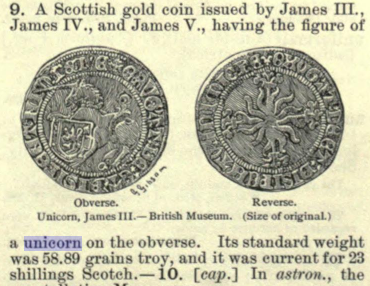By December 21, the snow dropped on Brooklyn by Winter Storm Gail had begun to melt. One afternoon while walking in the Brooklyn neighborhood of Carroll Gardens, I came across a unicorn in the snow. Next to the unicorn, as you can see below, was a fallen dinosaur holding a candy cane. Brooklyn was hit by high winds subsequent to the snow, likely explaining the Christmas dinosaur’s sad state.

There is a bit to break down from this picture. Let us examine each issue individually.
Dragon and Dinosaur Trends These Holidays
Between Halloween and Thanksgiving, I wrote an article about a large inflatable dragon, seen in Carroll Gardens. I was unsure whether the dragon was inflated for Halloween alone or for Halloween and Thanksgiving. Then, around Christmas, I came across an inflatable dinosaur with a present in its mouth in neighboring Cobble Hill. While I described the gift-bearing dinosaur as a “dragon” in the article it appeared, I correct my error here – it is clearly a dinosaur.
When we add the fallen candy cane-bearing dinosaur to the lineup, there appears to be a reptilian holiday decoration binge in Brooklyn. What brought it about? Is it good or bad? I make no judgment, other than to say that the trend is better than the worsening rotting pumpkin trend. Still, I do wonder whether the trend will hold as we approach Valentine’s Day…
Fallen Things, Generally
Here at The New Leaf Journal, I am no stranger to the subject of fallen things. I have covered one fallen stop sign, two fallen stop signs, a large fallen tree, and a fallen trash can that I rescued. While I would have liked to have helped the fallen Christmas dragon rise up, he was on private property – so doing so would have been trespassing. I hope that the family who put him up in the first place had not gone on vacation for the holidays.
On the Subject of Unicorns
While the Christmas dinosaur fell, the unicorn in the snow stood strong. There does not appear to be a unicorn holiday decoration trend – this was the first that I encountered. It is a solid unicorn decoration in any case; look at how it makes eye contact with the camera. It takes a special inanimate object to know how to make eye contact.
It has been a while since I have posted any dictionary definitions on site. To remedy that drought, let us turn to the pertinent definition of “unicorn” in the 1889-91 edition of The Century Dictionary:
A traditional or fabulous animal, with a single long horn, the monoceros of classic writers, commonly described as a native of India, but in terms not certainly applicable to any known animal.
The Century Dictionary definition of “unicorn”
For those who might be interested – “monoceros” refers to a single-horned creature.
Sadly, The Century Dictionary did not include a unicorn drawing, but it did depict a Scottish gold coin with a unicorn on the obverse, as you will see along with the dictionary’s description, below.

In one additional interesting note – The Century Dictionary suggests that a variety of antelope called the gnu may have formed the basis of the unicorn.
The Overwhelming Reality of the Unicorn in the Snow
When I was 9, the three girls in my class insisted that unicorns were real. After the class-wide debate went on and on, I turned to the teacher to put us all out of our misery. The teacher hesitantly addressed the girls – “You don’t really think unicorns are real, right?” They did, they did indeed. My teacher had asked in the way that someone asks a question that he or she would rather not have answered. I understood why she had avoided intervening until I called for arbitration.
All these years later, however, the scales fell from my eyes when I made eye contact with the unicorn in the snow. That unicorn, at least, was all-too-real. The truth came to me just more than two decades too late.